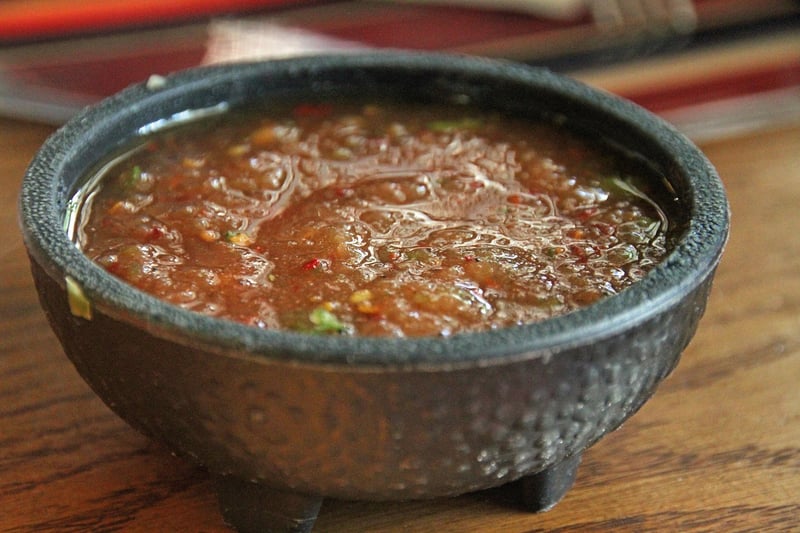Salsa
The Art of Expressive Movement in Salsa Dancing

Salsa dancing is not just about moving to the music; it's a form of self-expression that allows dancers to convey their emotions and tell stories through movement. One key element that adds depth and passion to salsa dancing is expressive movement.
What is Expressive Movement?
Expressive movement in salsa involves using body language, facial expressions, and gestures to communicate the emotions and intentions behind the dance. It's about more than just executing steps; it's about infusing each movement with feeling and connection.
Connecting with the Music
To truly embody expressive movement in salsa dancing, dancers must connect with the music on a deeper level. By listening closely to the music's rhythm, melody, and lyrics, dancers can synchronize their movements with the emotional cues in the music.
Storytelling through Dance
Expressive movement allows dancers to tell stories and evoke emotions through their dance. Whether it's a tale of love, loss, joy, or passion, dancers can use their movements to convey the narrative and draw the audience into their world.
Embracing Individuality
Each dancer brings their unique style and personality to salsa dancing. Expressive movement encourages dancers to embrace their individuality and express themselves authentically through their movements, creating a more personal and engaging performance.
Practice and Embrace Emotion
Practicing expressive movement in salsa dancing involves not only mastering the technical aspects but also tapping into one's emotions and letting them shine through the dance. By embracing vulnerability and expressing genuine emotions, dancers can create powerful and memorable performances.
So next time you hit the dance floor for a salsa session, remember to not just move your body but also express your soul through every step, turn, and gesture!
